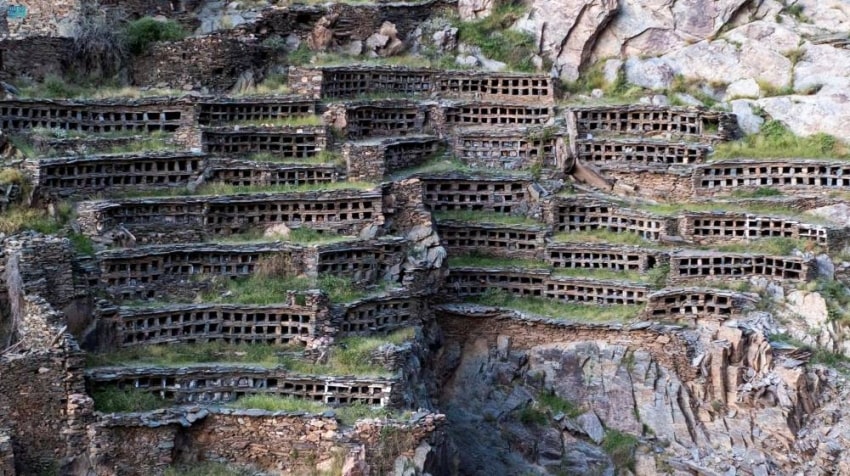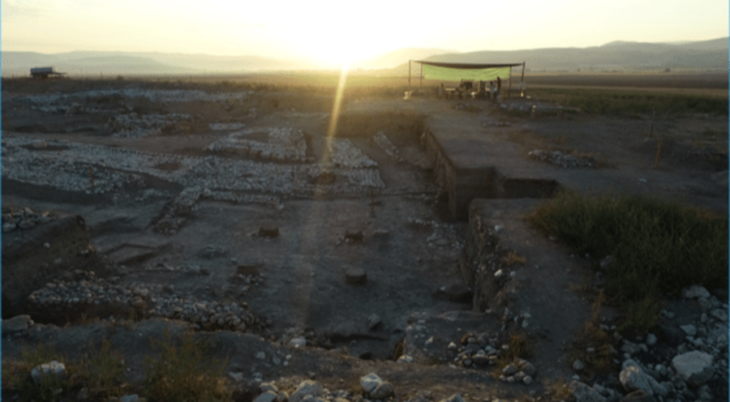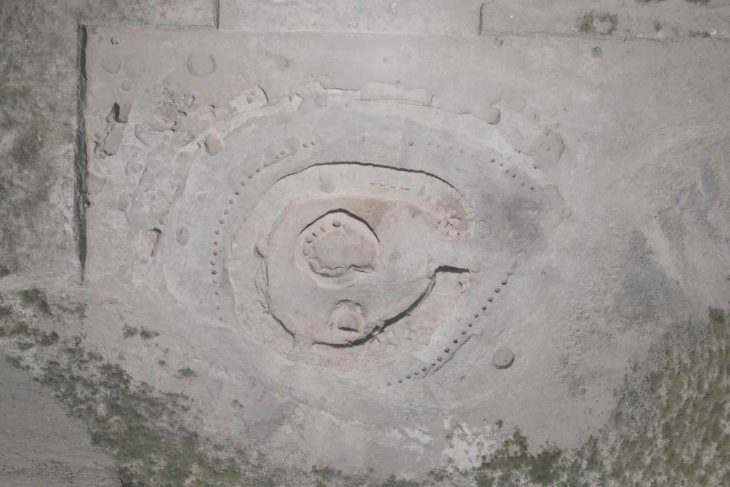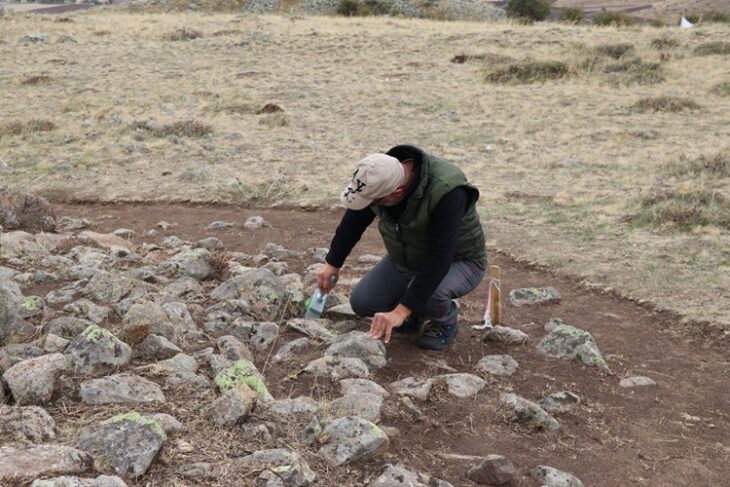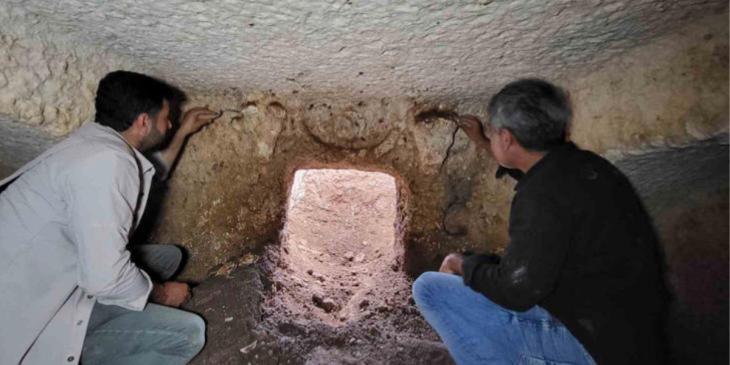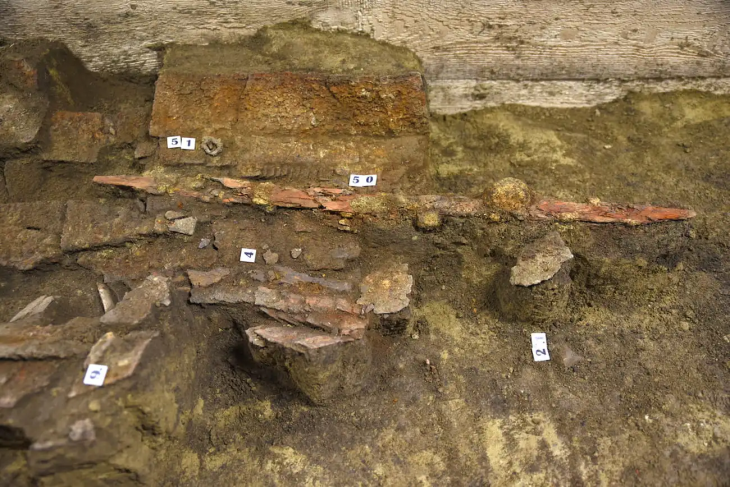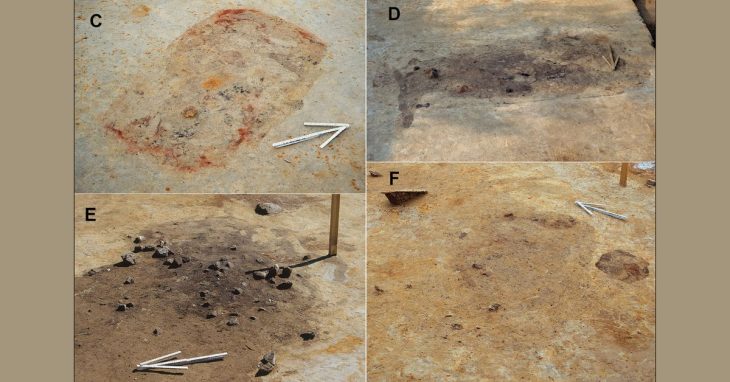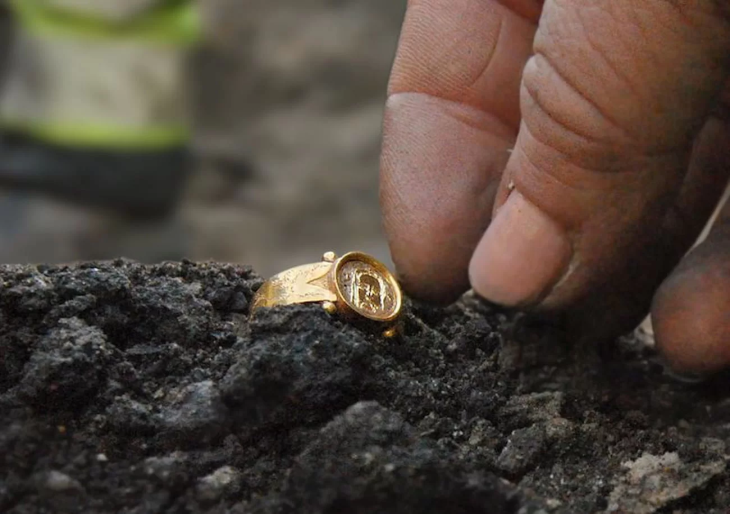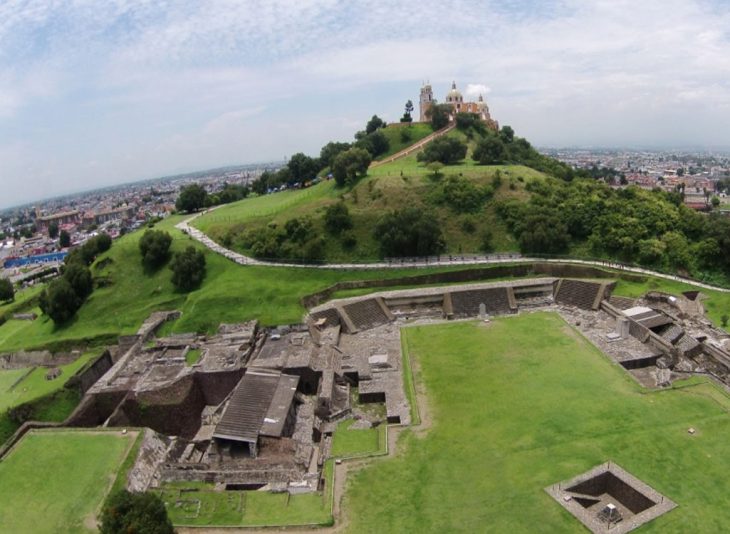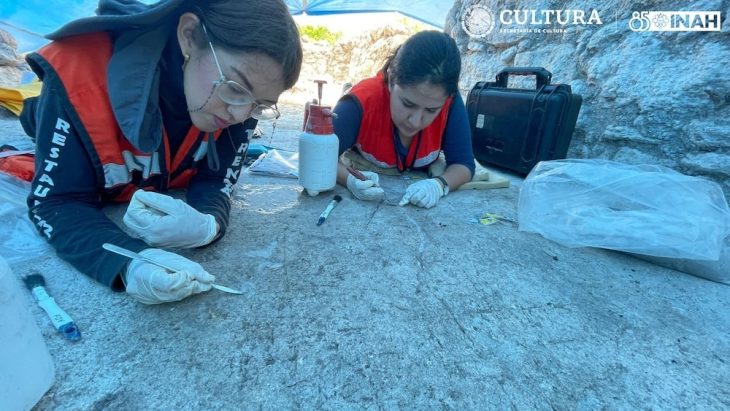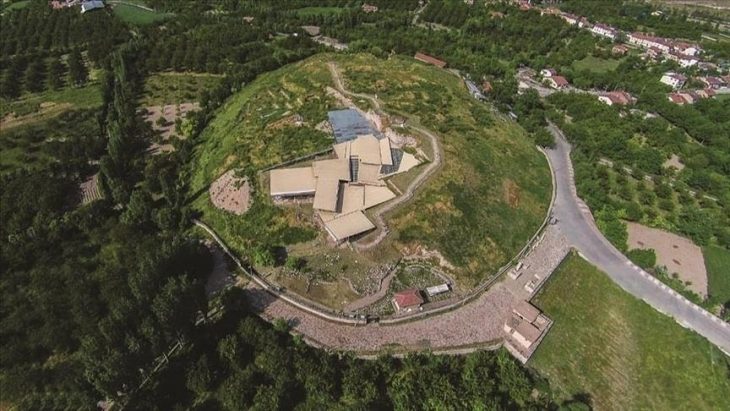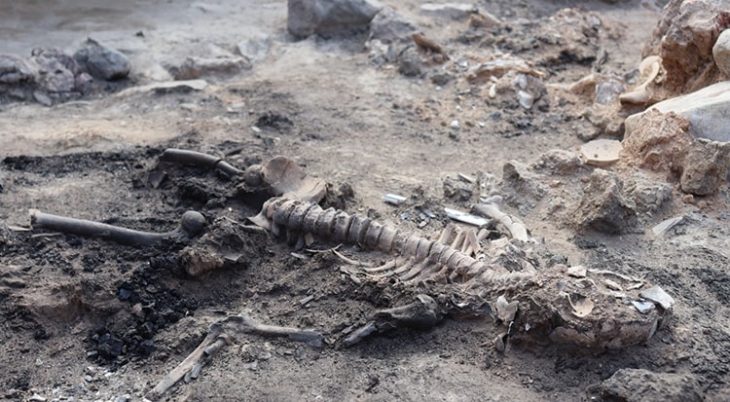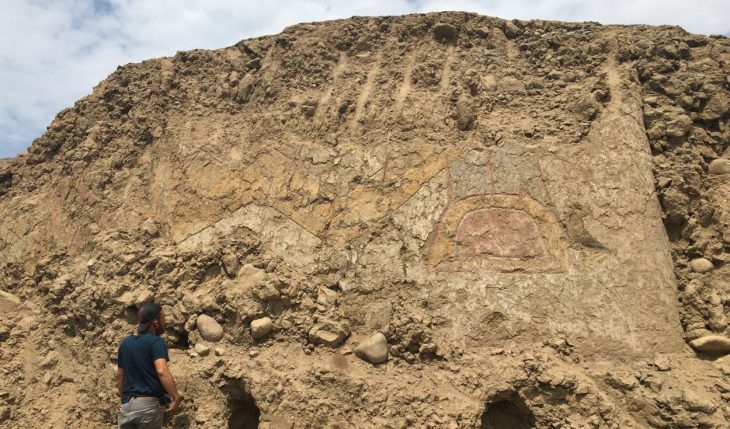Located in the majestic Sarawat Mountain range in western Saudi Arabia, the ancient beehives in the Maysan Governorate constitute a breathtaking historical site and natural wonder. The region showcases stunning archaeological scenes of some of the most important and impressive environmental engineering formations.
These include approximately 1,200 beehives that were a major source of daily sustenance for the early inhabitants of the place. The abandoned village of Kharfi, located in the governorate of Maysan south of Taif, includes the most impressive historical beehives of the entire region.
Maysan Governorate’s honey bees have become the primary source for Saudi honey production and sale. Furthermore, these sites date back to ancient history and demonstrate the community’s long-standing interest in honey in Maysan.
Over many generations, human communities channeled water, constructed tower granaries and enormous stone beehives that left relevant traces in the landscape, and developed an impressive system of agricultural terraces that allowed orchards and gardens to grow on mountaintops and steep valleys.
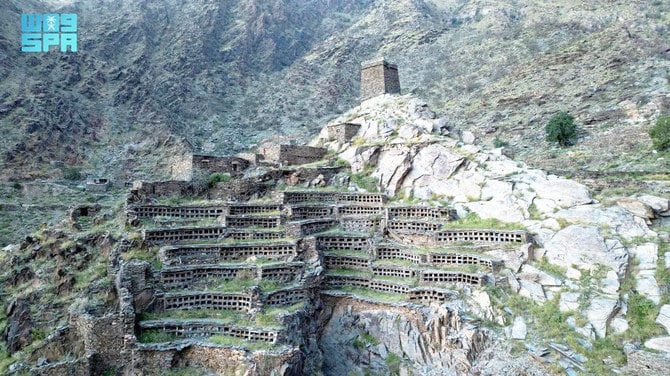
Antiquity’s writers marveled at the region’s beekeeping industry, and Strabo, the famous Greek geographer, philosopher, and historian (64 BCE-24 CE), regarded honey as one of “Arabia Felix’s” most prominent products.
📣 Our WhatsApp channel is now LIVE! Stay up-to-date with the latest news and updates, just click here to follow us on WhatsApp and never miss a thing!!
The preserved cultural landscape surrounding the ancient apiaries includes agricultural terraces, livestock areas, defensive features (a 20-meter-tall stone fortress overlooking and guarding the apiaries), and the ruins of the village of Kharfi.
These apiaries, probably 1000 years old, were built, maintained, and transmitted within the same family from one generation to the other. The ancient beehive ensemble, aligned along curved terraces cut on a steep mountainside, has preserved its remarkable design mimicking the facades of high-rise buildings and evoking modern architecture.
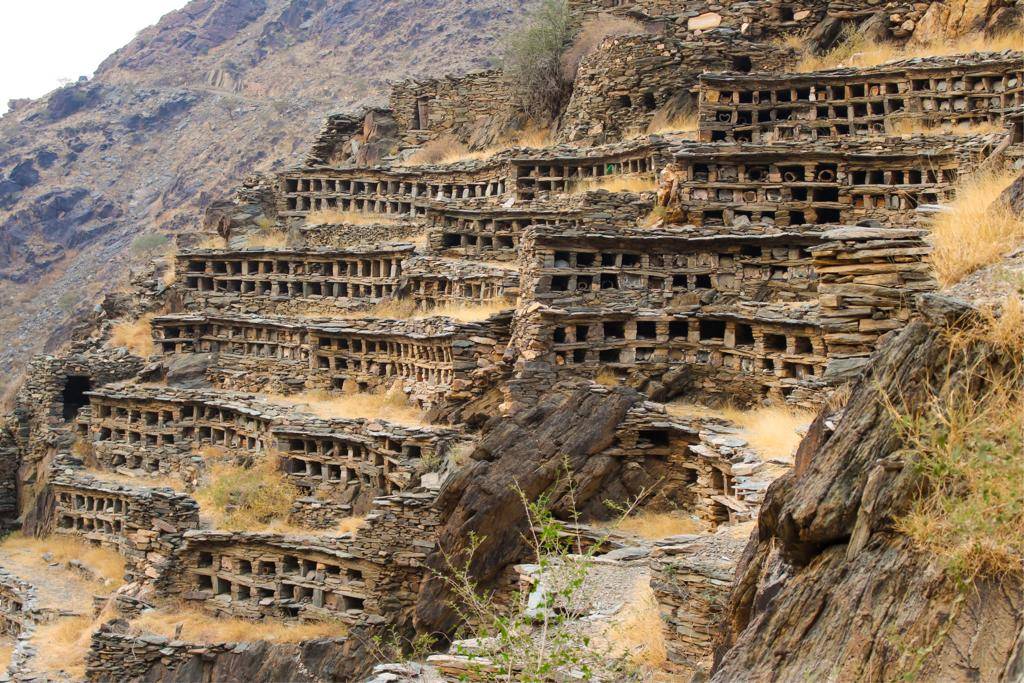
History enthusiast Abdulwahab Al-Khedidi emphasizes that the beekeeping site of Al-Kharfi is an architectural marvel situated between Al-Sara and Tihama, dating back more than a thousand years.
These apiaries have amazing design specifications for producing honey along with exquisite engineering. The structures are paved with stones in intricate geometric patterns, spanning up to four levels.
The honeycombs are reinforced with solid stones and columns to support the floors, which are constructed from large, closely positioned stones in balanced shapes. It takes a skilled person to navigate the site’s designated path because it is not easily accessible.
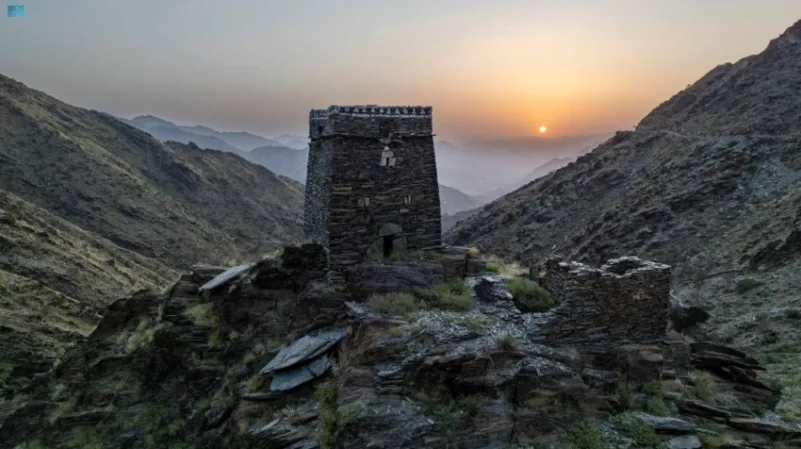
The hives, dating back over 10 centuries, serve as evidence of the place’s authenticity and deep-rooted history. The famous mountains are a summer resort for visitors and a historical legacy recorded in local poetry.
The first settlers carefully chose their location between the mountain tops for their rich diversity of over 50 aromatic plants, including Rue, Rayahin, Dosh, Basil, Dharm, Marjoram, Lavender, and other rare wildflowers.
Kharfi Landscape and Historical Beehives are on the UNESCO Tentative List.

